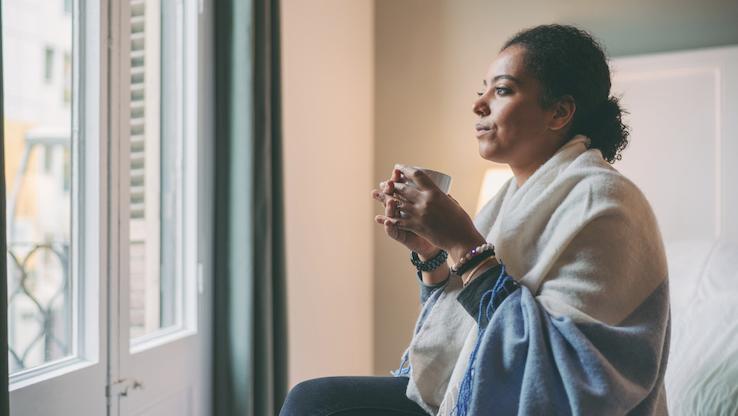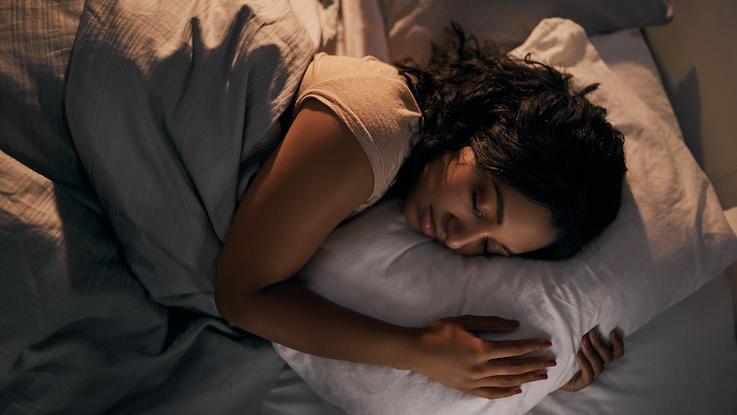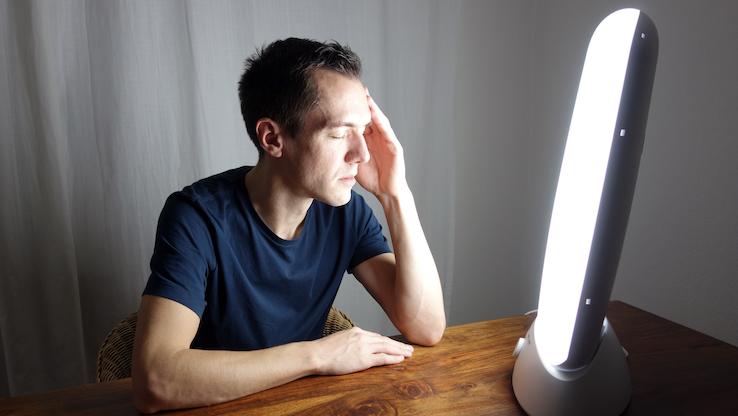Seasonal Affective Disorder (SAD): Symptoms and Treatment

Do you ever feel down when the weather gets colder and the days get shorter? It’s normal for our moods to change slightly with the seasons. But if your mood changes are so severe that they interfere with your daily life, you may have a health condition called seasonal affective disorder (SAD).
SAD is a type of depression that’s tied to a certain time of year. Symptoms usually start in the late fall and last through the winter. There’s also a less common form that happens in late spring and summer, sometimes called “summer SAD.”
If you experience seasonal affective disorder, you’re not alone — it affects around 1 in 20 adults in the United States. Learn about the symptoms, causes and treatment options for SAD.
What Are the Symptoms of SAD?

Many of the symptoms of seasonal affective disorder are similar to other forms of depression. The difference is that SAD symptoms always begin at a certain time of year and go away when the seasons change again. Symptoms of SAD include:
- Feeling sad, hopeless or guilty
- Losing interest in work and activities you used to enjoy
- Oversleeping and feeling very tired
- Having trouble concentrating
- Gaining weight and craving carbs more than usual
- Withdrawing from friends and social activities
Summer SAD can have different symptoms. For example, instead of gaining weight and oversleeping, people with summer SAD may lose weight and have trouble sleeping.
SAD can also lead to thoughts about death or suicide. If you or a loved one shows signs of depression, it’s important to talk with your doctor or a mental health professional right away. They can find out if your symptoms are caused by SAD or another health condition — and get you the help you need to stay safe.
What Causes SAD?

Experts aren’t sure what causes SAD, but researchers are studying how factors like sun exposure may affect risk. You may be at higher risk for SAD if you:
- Live farther north, where you get less daylight during the winter
- Have another mental health disorder, like bipolar disorder
- Have a family history of depression
Like other forms of depression, SAD is more common in women. It’s also more common in younger adults.
What’s the Treatment for SAD?

There are several treatment options that may be helpful for SAD:
- Talk therapy: Speaking regularly with a mental health professional can help with depression. A type of talk therapy called cognitive behavioral therapy (CBT) can help change your thought patterns and improve your coping skills.
- Medications: Your doctor may prescribe medicines called antidepressants to treat your mood symptoms before, during and after the winter months.
- Phototherapy (light therapy): This treatment uses artificial light to mimic natural daylight. It can help balance chemicals in your brain that affect your mood.
You can also take the following steps to boost your mood during the winter months:
- Get more sunlight. Try to get outside during daylight hours, even when the weather is cold or cloudy. Opening blinds or curtains to let sunlight in can also help.
- Stay active. Getting physical activity can boost your mood and ease symptoms of stress and anxiety.
- Be social. Keeping in touch with your social circle can help you feel more connected and supported.
- Eat healthy. A balanced diet with plenty of protein and vitamins can help support energy and mood during winter months.
- Stick to a regular sleep schedule. Try to get into a consistent sleep routine. Most adults need seven to eight hours a night.
How Does Phototherapy Work?

Phototherapy mimics sunlight while filtering out harmful ultraviolet light. Experts think it works by helping to balance chemicals in the brain that affect mood and sleep. Each day, you sit two or three feet away from a special light box for 30 to 45 minutes — usually first thing in the morning. You may start to notice results after several days or weeks of use.
It’s important to talk with your doctor before starting phototherapy, so they can make sure you’re doing it safely. You may need to avoid phototherapy if you have certain eye conditions or bipolar disorder, or if you take certain medications.
Remember, if you or someone you know is experiencing SAD, it’s important to reach out to a doctor or mental health professional right away. With the right treatment and support, you can find ways to manage your symptoms and start feeling better.
Resource Links:
- “Seasonal Affective Disorder (SAD),” Mayo Clinic
- “Seasonal Affective Disorder,” National Institute of Mental Health
- “Seasonal Affective Disorder (SAD),” American Psychiatric Association
- “Seasonal Depression,” Cleveland Clinic
- “Seasonal Affective Disorder,” MedlinePlus
- “The Efficacy of Light Therapy in the Treatment of Seasonal Affective Disorder,” Psychotherapy and Psychosomatics
- “Light Therapy,” Mayo Clinic





